From trading recyclable items for transportation passes to requiring all public buses be electric, countries are thinking of creative ways to reduce carbon emissions. Climate change continues to threaten countries on every continent. Here is a look at what some of the top polluters and most eco-friendly countries are doing to try to curb their greenhouse gas emissions.
Brazil
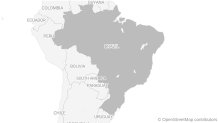
Newly elected President Jair Bolsonaro frightened conservationists during his campaign as he promised to roll back protections for the Amazon rainforest. Earlier this month, Bolsonaro said he would cut the budget of the Ministry of Science, Technology, Innovation and Communication in half. While the president is not focused on combating climate change, Curitibia, a sustainable city in Brazil, is setting an example for the rest of the country. Curitiba recycles 70% of its waste and has an incentive program where citizens can exchange recyclables for bus tickets, food, or books.
Chile

Chile was the first country in Latin America to set a binding renewable energy generation target. By 2025, 20 percent of Chile’s energy will come from renewable sources. At the beginning of this month, Chilean President Sebastian Pinera told reporters that Chile will urge countries participating in the UN Climate Change Conference to create more ambitious commitments to tackle climate change. Pinera said the Paris Agreement could not “prevent the world from continuing on a path that could end in tragedy.”
China
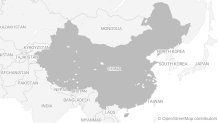
Home to some of the world’s worst air pollution, China is making an effort to reduce its carbon dioxide emissions per unit of GDP by 60 to 65% by 2030. In 2014, China claimed its spot as the world's number one investor in renewable energy, spending $83.3 billion on mainly hydroelectric, wind, and solar power. China aims to spend $360 billion on renewable energy by 2020. Additionally, with President Donald Trump moving to end the US-China trade war, global automakers want to make China the lead exporter in electric vehicles.
Denmark

Copenhagen, a city where the total number of bikes outnumbers the total number of cars, has been hailed as “Europe’s Green Capital.” The capital aims to be the world's first carbon-neutral city by 2025. By the end of 2019, all buses will be electric. Copenhagen also started an initiative to plant 100,000 new trees by the end of 2025.
U.S. & World
News from around the country and around the globe
European Union
In 2005, the European Union launched the European Union Emissions Trading Scheme that is operational in all 28 member states in addition to Iceland, Norway, and Liechtenstein. It is the largest greenhouse gas emissions trading scheme and covers 45 percent of greenhouse gas emissions in the EU.
India
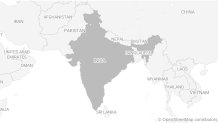
Given its massive population and high levels of poverty, the impact of climate change could be devastating in India. A report released by the Intergovernmental Panel on Climate Change in October warned of horrific consequences if current global warming trends continue. The report says the effects of a 2.7 degree Fahrenheit increase in global temperatures will "disproportionately affect disadvantaged and vulnerable populations through food insecurity, higher food prices, income losses, lost livelihood opportunities, adverse health impacts, and population displacements." Some things India has done to reduce climate change include setting average fuel consumption standards for passenger cars which will lead to a 22.97 million metric ton reduction in fuel consumption. India has also set targets to significantly increase its use of solar energy and wind power with the goal of increasing its non-fossil fuel energy sources to 40% of total energy sources by 2030.
Indonesia
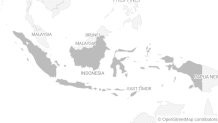
Indonesia is home to the world's 16th largest economy, and its economic success is impacting the environment. The country is the world's fifth largest emitter of greenhouse gases due to the conversion of its forests. Sixty percent of Jakarta’s population has suffered from air-pollution related breathing problems. In response, Indonesia committed to cut emissions by 29% from current levels by 2030. It has targeted approximately 31 million acres for social forestry, a program that allows farmers to use designated forest plots legally for up to 35 years, and ecosystem restoration as part of its national development plan.
Mexico
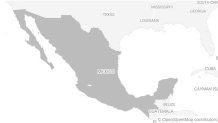
While President Trump considers immigration the crisis in the border region, Mexican leaders and California state lawmakers view high levels of air and water pollution as the real crisis. In 2012, Mexico became one of the first of the developing countries to pass a climate change law which outlined the country’s goal to reduce emissions by 50% by 2050. Mexico is aiming to cut deforestation rates to zero by 2030 and to have 40% of its energy come from low-emission energy sources by 2035. Climate change is devastating agricultural productivity in Mexico by causing record-setting droughts.
South Africa
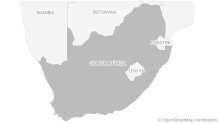
Cape Town, South Africa, gets 10% to 20% of its energy from renewable sources. South Africa’s 2030 energy plan aims to reduce coal generated power to less than 50% and replace it with renewable energy such as wind and solar power. While the country is making efforts to combat climate change, South African companies are concerned that a carbon tax will lead to a loss in operations.



